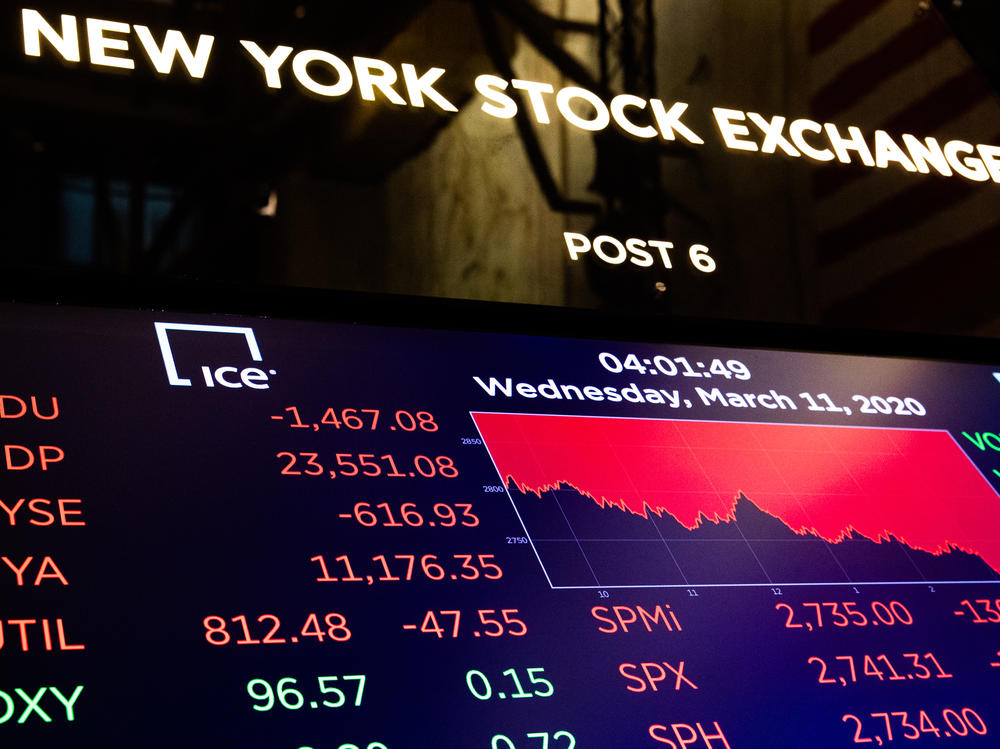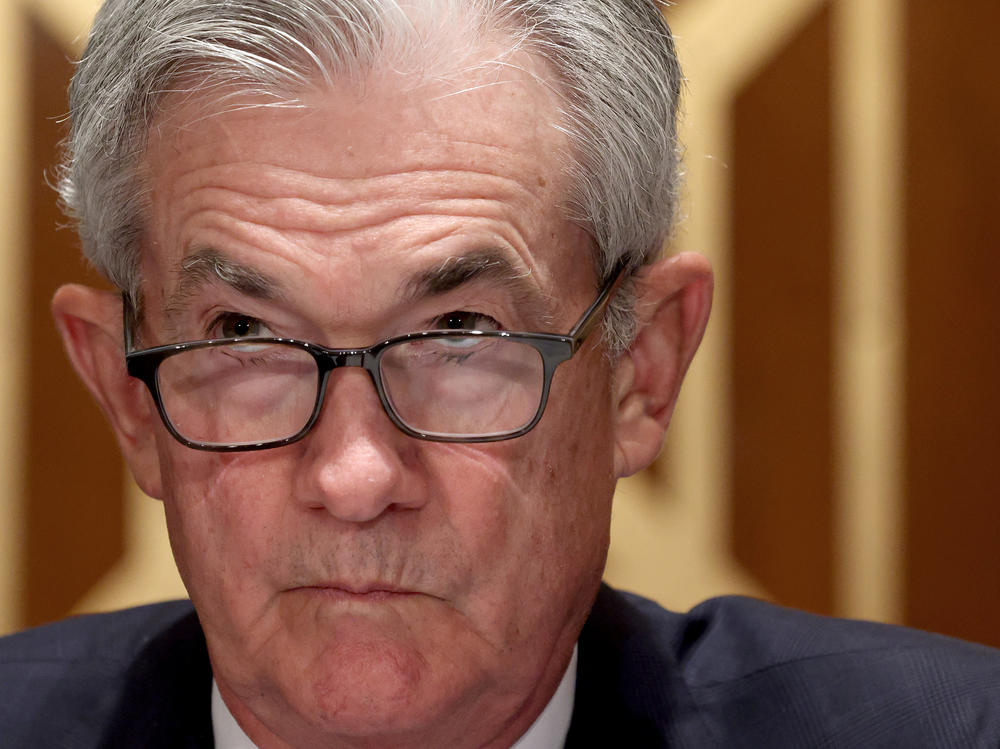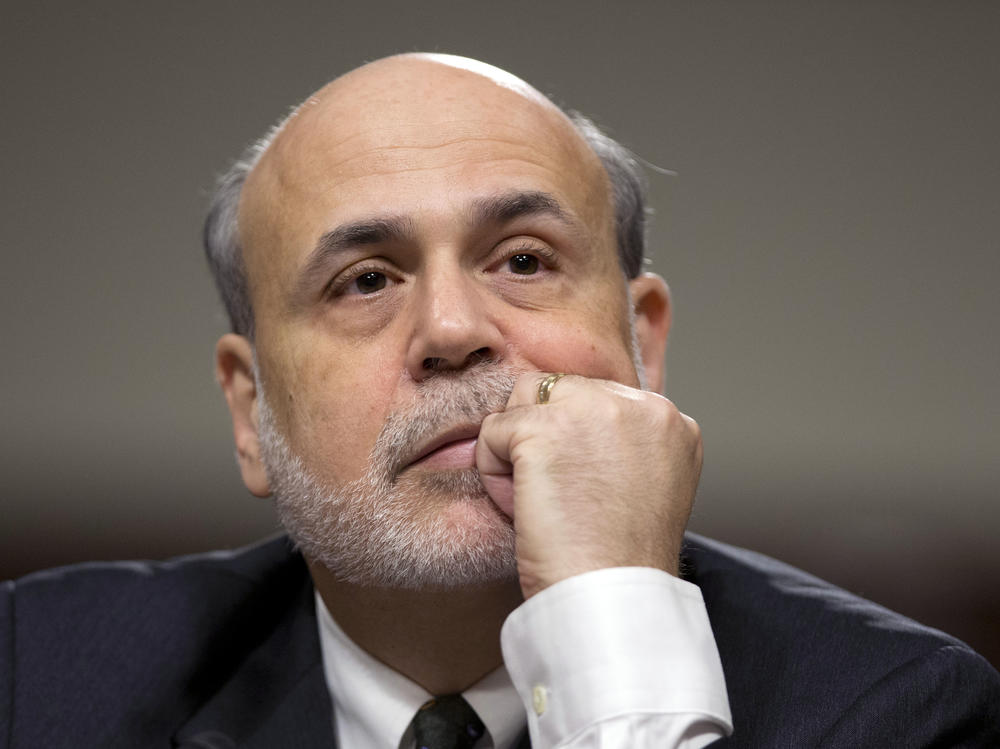Section Branding
Header Content
It's Called The Bond Taper. Yes, It's Geeky. But This Is Why You Should Know About It
Primary Content
You might want to get familiar with this term because you will be hearing it a lot: the bond taper, or more widely known as just the taper.
When markets were in free-fall as the pandemic started to spread last year, the Federal Reserve knew it had to act quickly – and in a big way – to avoid a repeat of the 2008 global financial crisis.
Among a slew of measures taken by the Fed, one stood out: The central bank committed to buying a massive amount of bonds and mortgage-backed securities each month.
It was intended to stabilize markets and flood the economy with cheap credit. After all, bonds help determine all kinds of rates that are critical to Main Street, from what we pay on car loans to mortgages.
Today, the economy is improving and the jobs picture is getting better, yet the central bank currently continues to buy $120 billion worth of bonds and mortgage-backed securities every month.
But there can be big consequences to cheap credit, in surging housing prices, for example. Meanwhile, pent-up demand after the rollout of vaccines, along with supply chain shortages, has led to surging inflation.
The Fed has already indicated it will need to start reducing some of its asset purchases gradually, hence the taper.
But doing so is not so straightforward, and it carries big risks for markets, which fell last week on taper uncertainties.
Fed Chair Jerome Powell is due to give a virtual speech Friday at an online conference that usually takes place in Jackson Hole, Wyo.
Powell could use the speech to relay some of the Fed's thinking. Or he could opt to wait until the Fed gathers for its policy meeting next month.
Here are some key questions about the taper:
What's at stake?
A lot. Tapering is sure to be a delicate dance, and Wall Street has been actively looking for clues about what it will entail.
Policymakers know Wall Street has gotten used to the Fed's monthly infusions of cash. So the central bank needs to proceed cautiously.
Mohamed El-Erian, chief economic adviser at Allianz, compares it to parents who have been giving candy to kids. At some point, mom or dad has to take it away.
"Yes, there may be some issues in the beginning," El-Erian says. "There may be a tantrum. But the response to that is not to continue feeding your kid candy all the time. The response to that is to do the right thing and manage through the tantrum."
What can go wrong?
Plenty.
After the 2008 financial crisis, the Fed was in a similar predicament. It had provided aid to markets, including through debt purchases, and needed to start winding down the support.
But then-Fed Chair Ben Bernanke gave away some of his thinking during congressional testimony in 2013. Markets were not prepared for that, and it led to a big global sell-off in both stocks and bonds.
Powell, who was part of the Fed's board of governors at the time, saw the impact of the communication snafu firsthand.
Today, as Fed chairman, he has been very deliberate about how he communicates policy and exceedingly careful about what he says.
Commitment is also crucial, according to experts.
El-Erian, for example, says the Fed needs to be resolute, and it needs to recognize that, if you keep using a tool after it is no longer effective, there is a real risk it could do damage to the economy.
The Federal Reserve needs to provide clear guidance, experts say, while avoiding excessive divisions or splits that may erode the market's confidence in the central bank.
So what will the taper look like?
This is the $1 trillion question.
Markets know how tapering is supposed to work in principle. The Federal Reserve will have to start reducing its asset purchases until it stops buying them altogether.
But investors don't know key details yet, such as when the Fed will start buying fewer bonds and securities, and how exactly it is going to scale back its purchases.
There are multiple ways to do so. The Fed, for example, could stop buying mortgage-backed debt first given the concerns about housing prices.
So when can we expect some guidance from the Fed?
Perhaps as early as this week.
Powell is due to give a speech on Friday morning, though he has not said what he will discuss.
The theme of this year's conference, which is attended by central bankers from all over the world, is "Macroeconomic Policy in an Uneven Economy."
If Powell decides not to offer any specifics about tapering, the next opportunity for him to do so would be in a few weeks, at the Federal Reserve's next policy meeting on Sept. 21-22.
Copyright 2021 NPR. To see more, visit https://www.npr.org.



